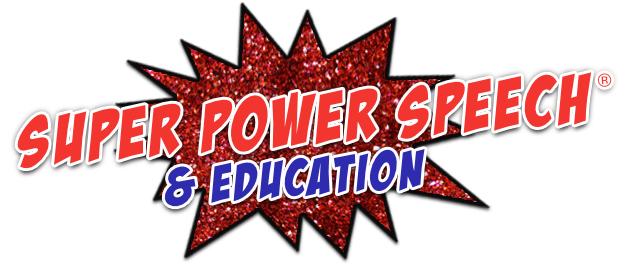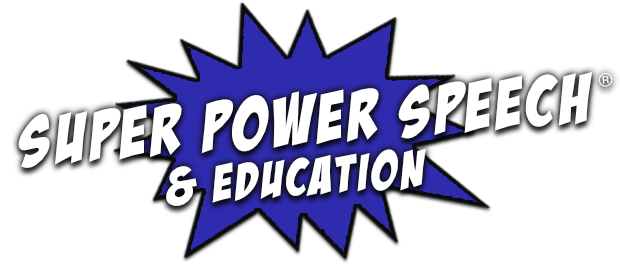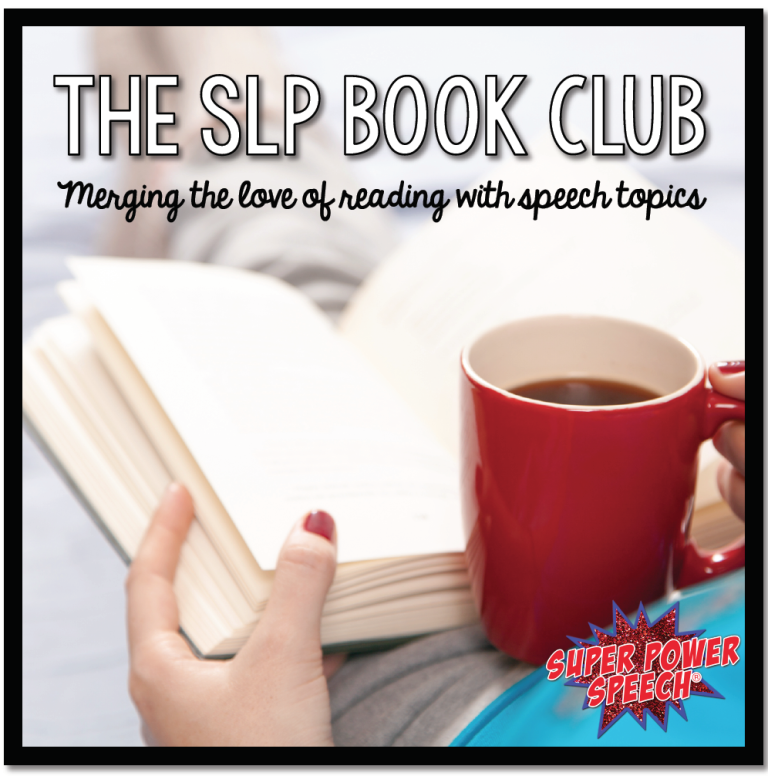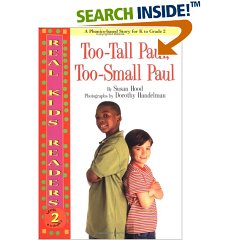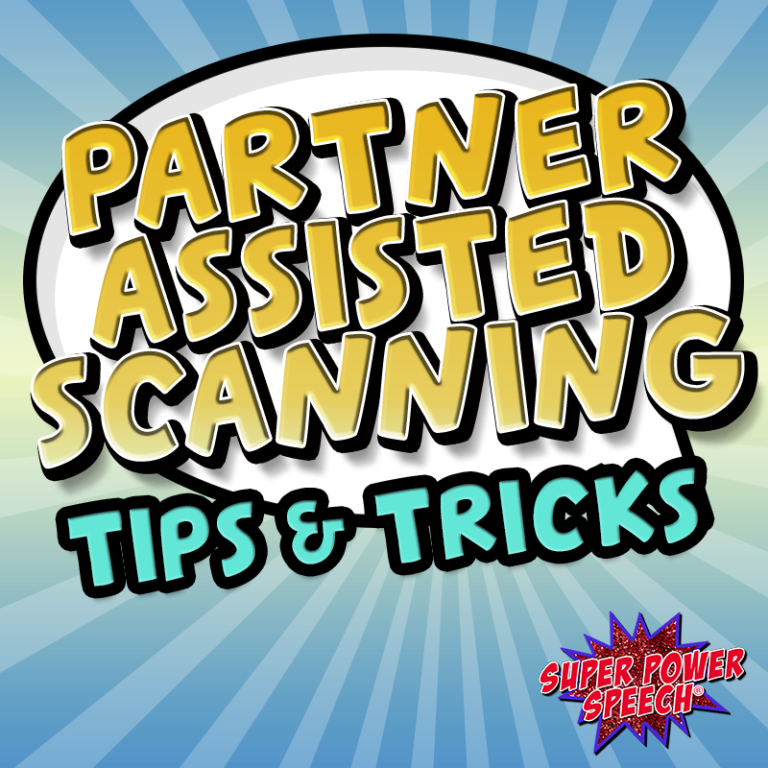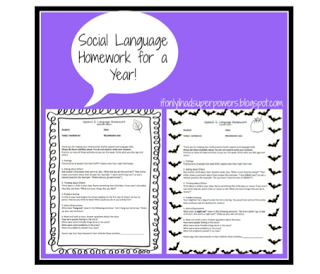Using the Common Core to Create IEP Goals
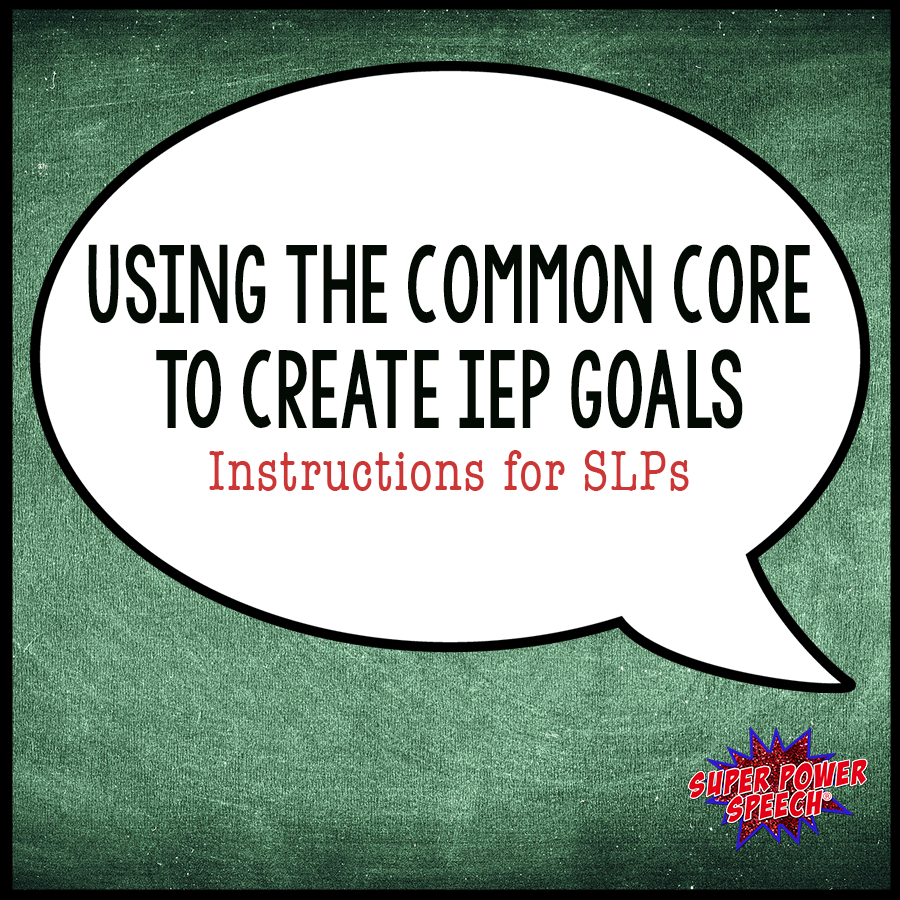
After the common core was introduced to our district, the special education department began its own set of training. Through a well-planned, step-by-step process we started to write our IEPs differently. We no longer were just saying what the child could do, such as, “Johnny uses the pronoun ‘I’ correctly in 50% of sentences.” Now we were expected to state what the student could do compared to the common core standards.
At first, this process absolutely terrified me. How was I going to choose the most appropriate standard? What if I messed it up?
In response, I came up with some strategies to make goal creation with the CCSS a breeze. Just follow these steps to success:
1. Use informal assessments
Informal assessments give you objective data. When aligned with common core state standards, informal assessments provide important input on goal areas for the IEP. These are a great starting point when determining what goals to focus on for each student. My Language Informal Assessment tests children speaking at the Kindergarten to 5th grade level on multiple speaking/listening and language standards (you can see an example in the screenshot below). Other CCSS aligned informal assessments include the SLP Tool Kit, Common Core Reference Binder for SLPs, or Curriculum Based Language Assessments.
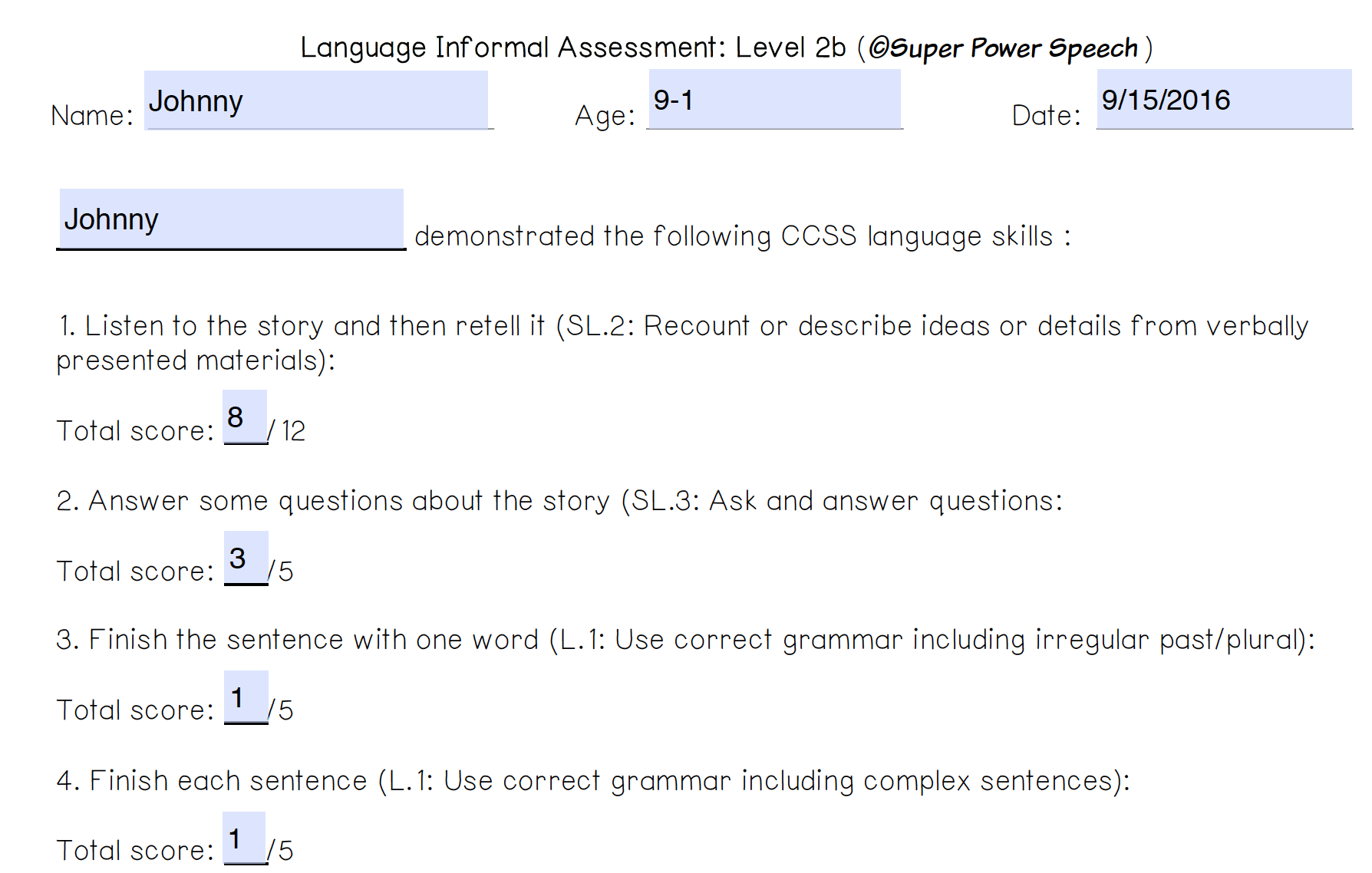
2. Get teacher input
Teachers know the standards for their grade level inside out and upside down. They are great resources for rating a student’s progress towards the standards. To make this process easier for teachers, I created Common Core Teacher Input Forms. These fillable forms correlate exactly with speech therapy goal areas. See the screenshot example below for how a teacher might rate their student’s language skills.
3. Review progress data
After going through the informal assessment and teacher input information, review progress data from the previous year. Analyze areas where the student has not yet met their goals. Use professional judgement to decide if the student should continue to work on the same goal areas. For example, Johnny has been working on describing with three adjectives for the last three years. Although his goal was 80% accuracy, this year he was consistently at 75% accuracy. Because he has been working on this goal for some time and nearly met it, it may be time to look at the informal assessment and teacher input to determine areas that are weaker. At this point, Johnny may need more support in other standards.
4. Choose the most appropriate standards
Review progress data, informal assessments, and teacher input to choose one to three standards to address in specially designed instruction.
5. Copy the standard and paste the selected standards into the IEP
In my district, we now reference standards directly. I copy and paste them straight from the teacher input form (and then make a few tweaks). For example, when writing the present levels for Johnny, I may say:
Grade Level Standards- 3rd graders are expected to:
(CCSS.ELA-‐Literacy.L.3.1b) Demonstrate standard English grammar and usage including regular and irregular plural nouns.(CCSS.ELA-‐Literacy.L.3.1i) Demonstrate standard English grammar and usage including simple, compound, and complex sentences.Present Levels:
On an informal language assessment (9/16/16), Johnny correctly labeled 1/5 (20%) irregular plural nouns. He completed complex sentences in a grammatically correct manner in 1/5 (20%) sentences. These are areas in which Johnny is below grade level expectations. He would benefit from specially designed instruction in the area of irregular and complex sentences grammar in order to make more progress towards grade level standards.
I have to say that the day that I realized that I could just copy standards from my teacher input forms instead of searching for them on the CCSS website, was a glorious day. It made my life 50% easier (and faster) because I already had all of the standards that I needed at my fingertips.
6. Create goals based on the standards
Now that you have chosen the standards that the student needs to work on, it is almost easy to create goals! Simply choose a higher percentage compared to their current data. In the case of Johnny, I could write:
By 9/17/17, Johnny will correctly label 8/10 irregular plural nouns and use them in sentences to improve his grammar skills.
Once you get a hang of informal assessments and teacher input based on CCSS, the rest falls into place. The trickiest part is if the student is weak in many grade level standards. At that point, you need to use your professional judgement to choose the 3-4 areas that are having the biggest impact on his/her communication. I would not write more than 3-4 goals for a speech therapy student with 180 minutes/month of therapy (my common therapy time) and only 1-2 goals for a student receiving 90 minutes/month of speech therapy.
If you are unsure what standard is the “best” to choose, just pick one! The student will benefit from help in any of these areas! Remember that you are only one person and only see the student for a limited amount of time. You can’t work on everything, but you can help your students be more successful in one or two areas!
Click here to purchase the Informal Language Assessment.
Click here to purchase the Common Core Teacher Input Forms.
Easy, right?
What are some other great suggestions that you have for referencing the Common Core in IEPs and goals?
